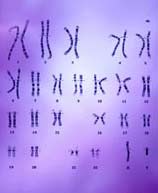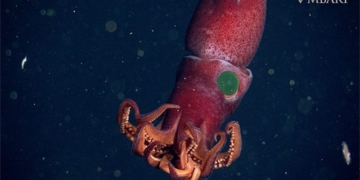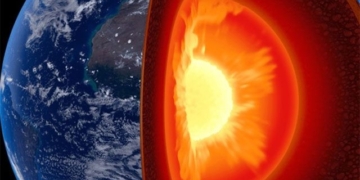Scientists have announced the complete sequence of chromosome 1 – the final and longest chapter in the so-called “Book of Life” that constitutes the human genome.
 |
|
Chromosome 1, now decoded, is the largest chromosome. (Image: Nature) |
The sequence was published in the British journal Nature.
Researchers identified 3,141 genes and associated defects related to more than 350 diseases, including cancer, Alzheimer’s disease, Parkinson’s disease, high cholesterol, developmental delays, and neurological disorders.
Chromosome 1 contains over 223 million nucleotide pairs – the “rungs” in the double helix structure of DNA that provide the basic chemical blueprint for life. This number accounts for nearly 8% of the total 3 billion pairs in the human genome.
Chromosome 22 has the fewest nucleotide pairs. Between it and chromosome 1 (which has the most pairs) lie 22 other chromosomes. The X and Y chromosomes are specifically involved in determining sex.
The announcement of chromosome 1 concluded the 16-year Human Genome Project. It was a collaborative effort involving scientists from the United States, the United Kingdom, Japan, France, Germany, China, and other countries.
The research team raced against a private American company, Celera Genomics, to be the first to complete a “draft” of 90% of the gene code.
The race ended in June 2002 when Celera announced its withdrawal from the race to decode the human genome to shift its business focus.
“This event marked a turning point in the wave of growth in biomedical research based on the human genome sequence,” said Simon Gregory, an assistant professor at Duke University.
T. An


















































